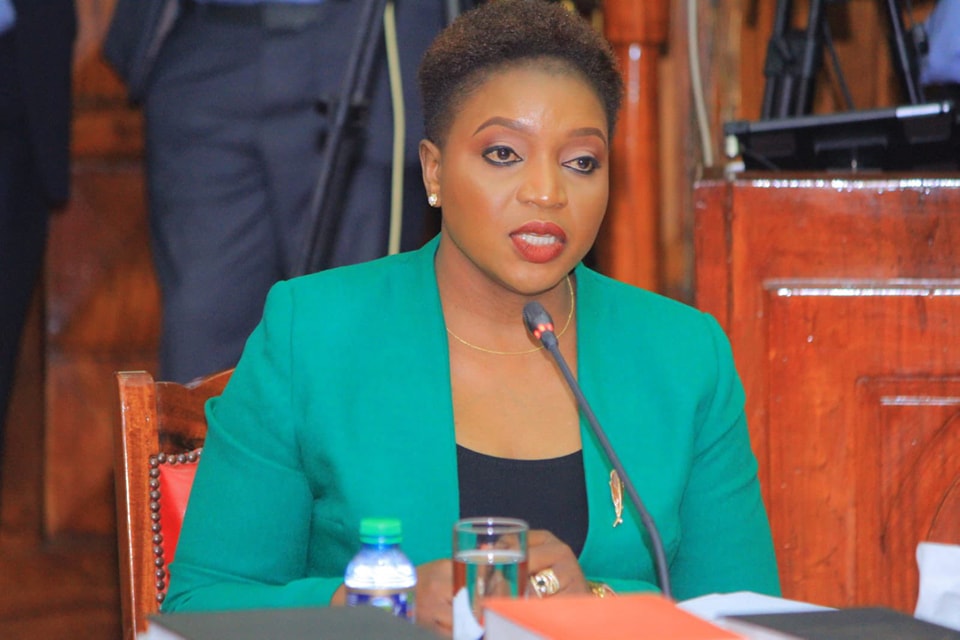Peter Ochieng
Kenya is among countries hard hit by impacts of climate change, with floods occasioned by the March, April and May long rains displacing over 280,000 and killing about 300 people.
School and hospital closures have characterized the rainy season, with learning institutions, churches and mosques being turned into camps for the victims as the government races against time to relocate Kenyans who have been displaced.
Homabay, one of the five counties bordering Lake Victoria has not been spared either, with raging floods displacing residents and destroying livelihoods. According to Moses Lillan, Homabay County Commissioner, more than 1,000 people are staying in camps as a result of the floods and the back-flow of water from Lake Victoria.
Life in the camps is not for the faint-hearted, especially for the Adolescent Girls and Young Women (AGYW). The rescue camps are overcrowded, with privacy and safety being compromised. The AGYWs mostly bear the effect of staying in camps as men reportedly use the compromised situations to sexually harass them, and also end up facing disturbing scenes such as transactional sex with men who promise to deliver basic essentials, such as soap and sanitary towels in camps.
Some of the girls in Homabay, while sharing their experiences, said men are making the already bad situation worse.
“There are boys and men who force us into sexual relationships. They should just leave us to study. Let them focus on their lives. We are still young, and we have to study. Please leave us in peace,” lamented one of the girls.
“There are men making our lives here in the camp very difficult. We are here because we have nowhere to stay,” added another teenager. The girls make up a population of people finding refuge in Kobuya and Osodo and Simbi camp sites.
Winnie Ongere, a youth advocate with Power to Youth Kenya said besides being forced into sexual encounters, girls are most likely to fall prey to young and senior men who promise to provide hygiene commodities, such as soap and sanitary pads.
With the odds against girls in both situations, Winnie said the high rate of teen pregnancy, and others being married off at a young age is turning out to be the order of the day in camps.
“The hygiene is not well taken care of. There are no bathrooms, toilets are being shared and again due to floods they are not able to get sanitary towels to use during their monthly periods,” said Winnie.
“This makes the bad situation worse,” she added.

Some hospitals have been submerged, affecting the delivery of health. As such, Winnie said adolescent girls are not able to access Sexual and Reproductive Health Services (SRHS), while young mothers cannot get treatment for their children.
She said they have strategically placed youth in camps to enable reporting of Gender Based Violence (GBV) cases targeting adolescent girls, so that proper action is taken if need be.
Youth advocates just like Winnie insist that climate change effects such as floods and droughts pause great challenges like limited access to SRHR information and services, increase in domestic violence cases and poor maternal health.
There is therefore a need to work together to build long-term resilience to protect AGYWs from adverse effects of climate change and strengthen health systems, to address the impacts of climate change.
Health systems should be equipped to respond to the health needs of populations affected by floods, including sexual and reproductive health services.
Additionally, climate change measures should take into account the unique needs of women, girls, and other marginalized groups, and prioritize investments in services that promote SRHR.


